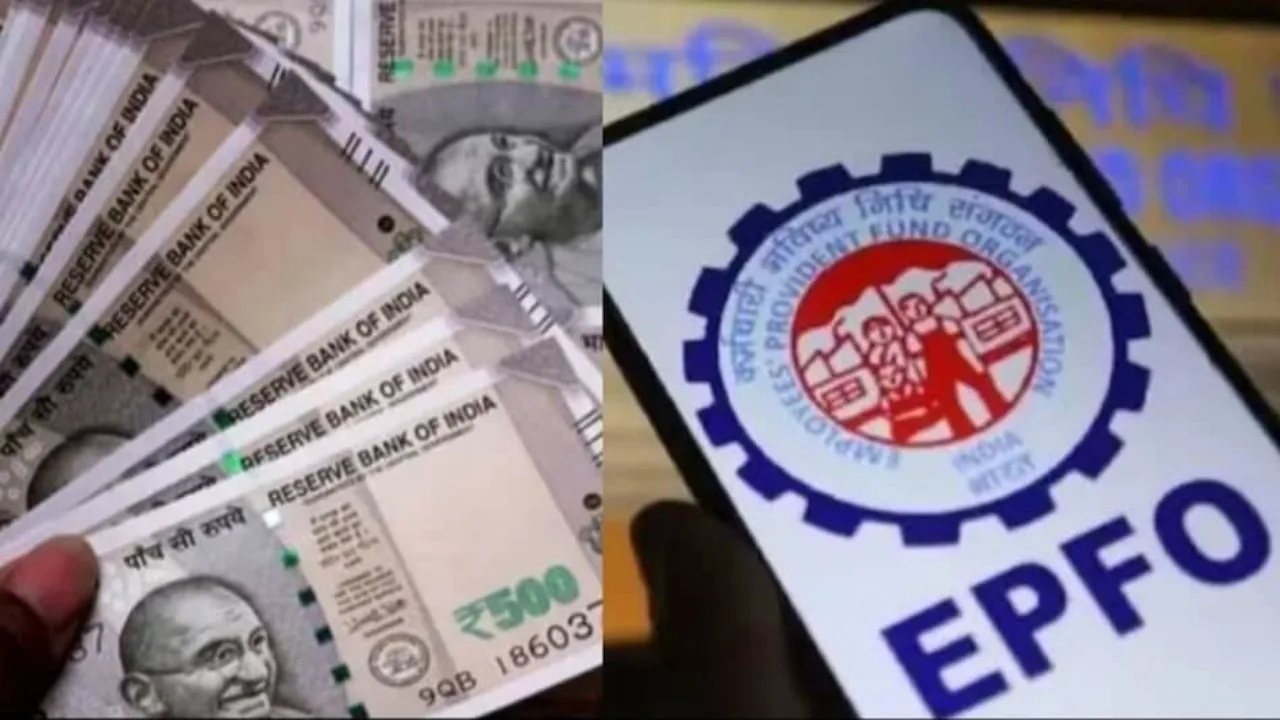The Employees Provident Fund Organization (EPFO) recently released data on inoperative EPF accounts. According to this data, 21.55 lakh accounts were inoperative under EPFO until March 2024. This means that the owners of these accounts did not claim their withdrawal. A total of Rs 8505.23 crore is deposited in these accounts.
In such a situation, the question arises: when does an account become inactive, and if the account is inactive, how can it be reactivated? We will answer all these questions.
When is an Account Considered Inoperative?
As per EPFO rules, if no contributions are made to an EPF account for three consecutive years, it is considered inoperative. Additionally, when an EPFO member reaches the age of 58 years, the account also becomes inactive.
EPFO data shows that the number of inoperative accounts has grown significantly over the past five years. In the financial year 2018-19, there were 6.91 lakh inactive accounts. This steady increase highlights the need for account holders to stay updated about their EPF accounts.
What to Do with Inoperative Accounts?
Inoperative accounts can be reactivated. Once an account is active, the member regains access to the funds deposited in it. Here’s how you can reactivate your account:
1. Visit the EPFO Office:
Go to your nearest EPFO office and apply to activate your account.
2. Get a UAN Number:
Once your UAN (Universal Account Number) is linked to your account, it will be reactivated.
3. Complete the KYC Process:
The account will only be fully active after completing the e-KYC process.
If UAN Is Not Linked to Your EPF Account
Sometimes, the UAN number is not linked to the EPF account. In such cases, you will need to visit the EPFO office and apply to link the UAN number with the account. For this, you will also need to complete your e-KYC. Once the e-KYC is done and the UAN number is linked, you will gain access to the amount in your account. After gaining access, you can also claim a withdrawal if needed.
